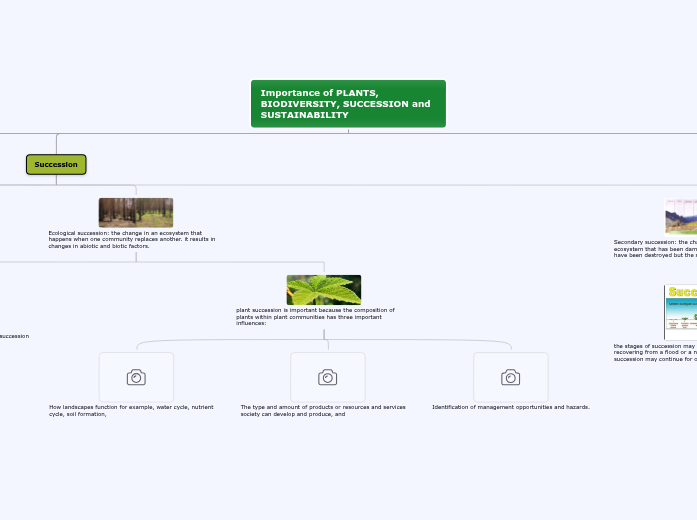jonka Hashmi Saira 6 vuotta sitten
482
Arctic Archipelago
The Arctic region is home to a diverse array of wildlife including polar bears, beluga whales, walruses, and various bird species. During the brief Arctic summers, migrating birds such as tundra swans, loons, geese, and ducks utilize the open water patches that appear as ice breaks up.









